MODE
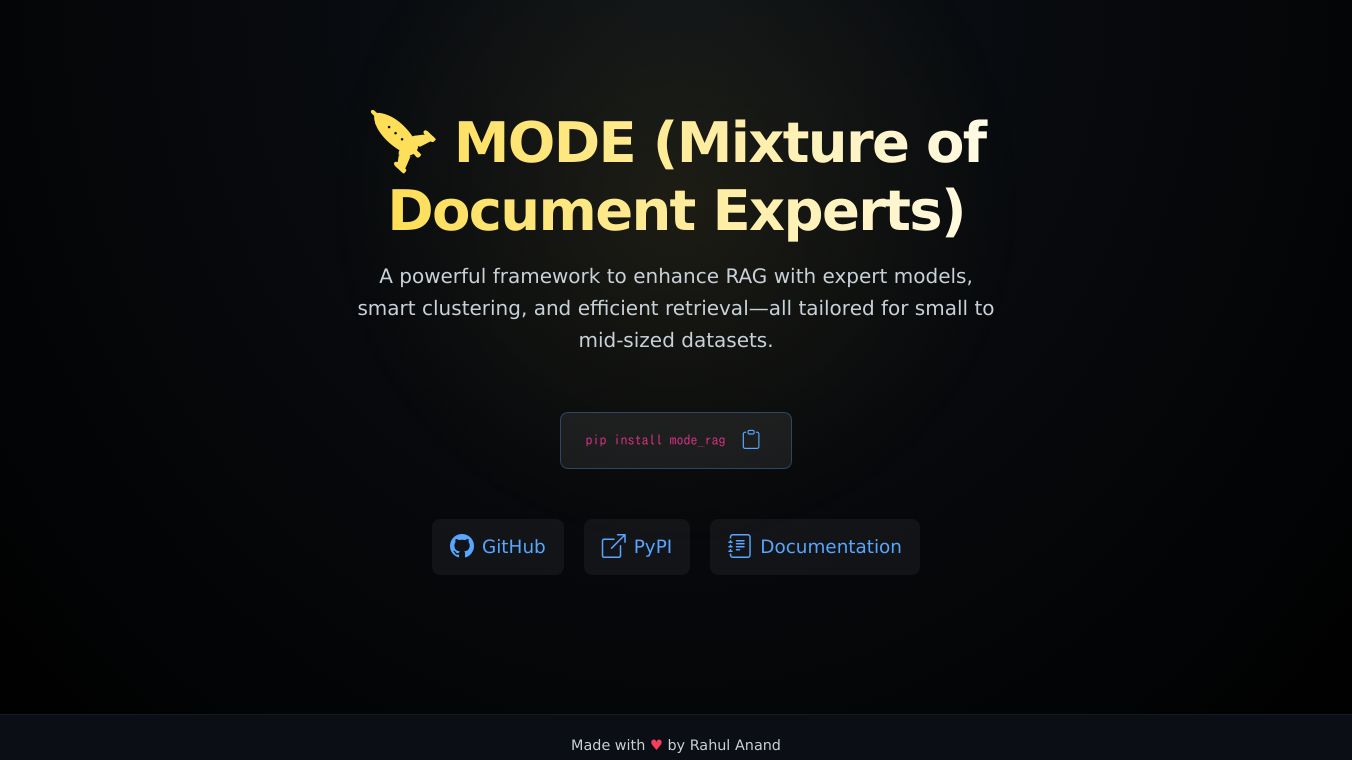
MODE is a lightweight tool. It helps make Retrieval-Augmented Generation better for small to medium-sized datasets. It makes things easier by using simple document clustering and centroid-based retrieval instead of complex vector databases and re-rankers. This helps AI models give accurate and relevant answers.
\n\nBenefits
\n\nMODE has several good points. First, it helps AI give specific answers by getting real-time information from outside sources. This means AI can give up-to-date and correct information without needing lots of retraining. Second, it is cost-friendly, as it does not need big changes to entire models. Finally, MODE is lightweight, making it great for small to medium-sized datasets.
\n\nUse Cases
\n\nMODE can be used in many places where accurate and up-to-date information is important. For example, it can power chatbots that give detailed information about specific topics. A flower expert chatbot can use images and text from places like Kaggle and Wikipedia to answer user questions accurately. MODE can also be used in educational tools, customer service platforms, and any other system that needs dynamic and accurate information retrieval.
\n\nAdditional Information
\n\nMODE is part of a bigger effort to create a RAG pipeline. This pipeline involves turning images and texts into embeddings using Clip, storing the embedded data in the ChromDB vector database, and using the MLLM from Hugging Face for user interactions. The process includes installing needed packages, preparing data, creating a vector database, and loading the model for use. This pipeline helps AI retrieve and generate information efficiently, making it a powerful tool for many uses.
\n']
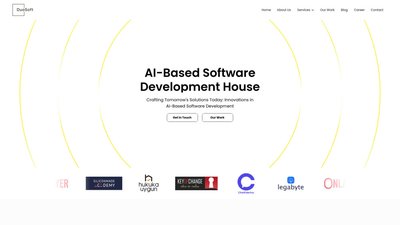
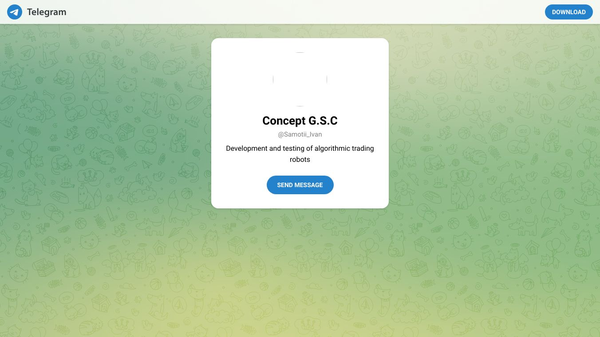
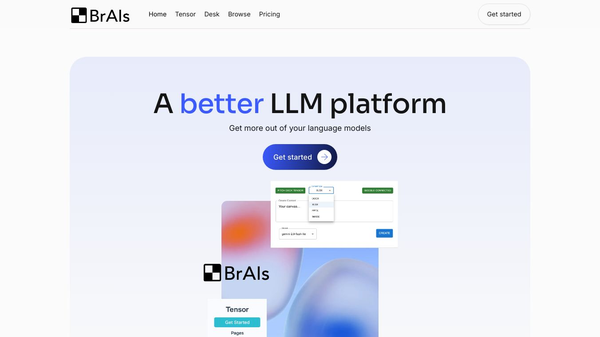

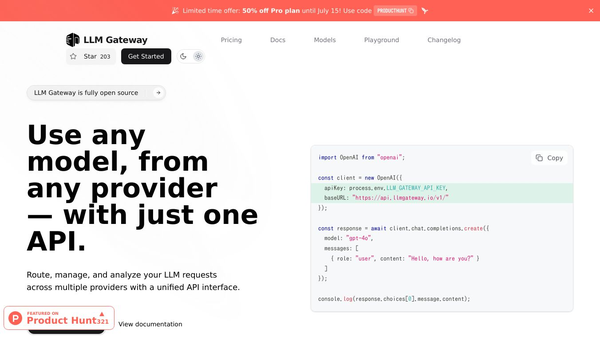
Comments
Please log in to post a comment.